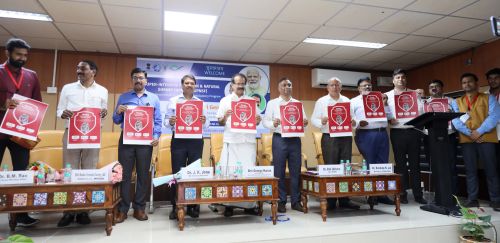From risk to resilience: Innovative crop insurance solutions for securing shrimp aquaculture in India
10 June 2025 | T. Ravisankar, C.V. Sairam, R. Geetha, M. Kumaran, M. Muralidhar, P.K. Patil, R. Ananda Raja, A. Testimona, S.M. Kavibharathi, V. Karthik and Kuldeep K. Lal | 616 Downloads | .pdf | 2.16 MB | India, Livelihoods, gender and social issues, Shrimp

India's brackishwater aquaculture sector, particularly shrimp farming, holds immense potential but remains largely underexploited despite its significant contribution to global shrimp production and exports. Small-scale farmers, who form the backbone of this industry, face substantial challenges including limited access to credit and insurance, poor management practices, and vulnerability to disease outbreaks and extreme weather events. These risks lead to considerable crop losses and hinder the sector's stability and growth. This article underscores the critical role of crop insurance as a vital risk management tool to mitigate these financial losses, secure livelihoods, and promote the sustainable development of shrimp aquaculture in India.
This article details the risks associated with shrimp farming, such as climatic events, disease outbreaks, market volatility, and financial constraints. It also outlines comprehensive risk management strategies, including the adoption of better management practices, biosecurity measures, and contingency planning. A SWOT analysis of existing shrimp crop insurance schemes reveals their strengths, such as government support, but also highlights weaknesses like high premiums and limited coverage. Key challenges faced by both farmers (e.g., low insurance literacy, complex procedures) and insurers (e.g., lack of technical expertise, difficulty quantifying risks) are discussed. The article presents innovative solutions and strategic recommendations for developing more effective and inclusive shrimp crop insurance products, emphasising the importance of a centralised database, technological advancements, and public-private partnerships to ensure the sector's long-term resilience and growth.
Creative Commons Attribution.
